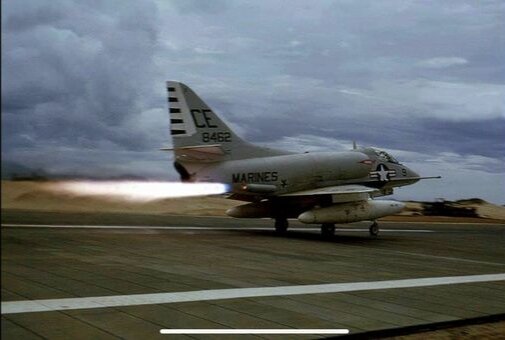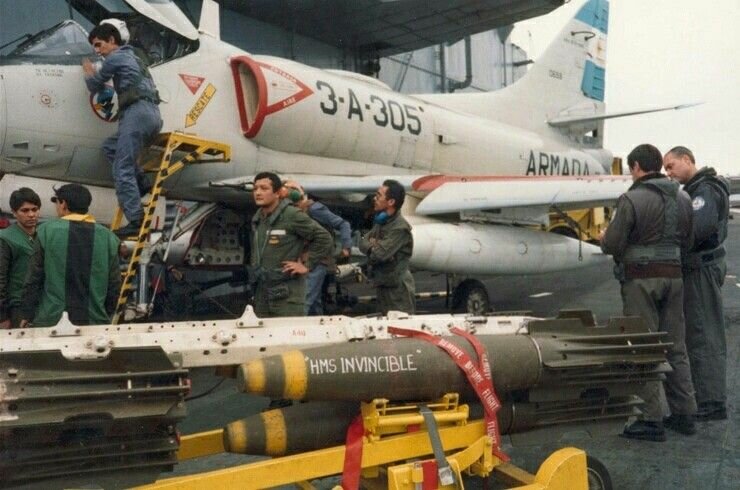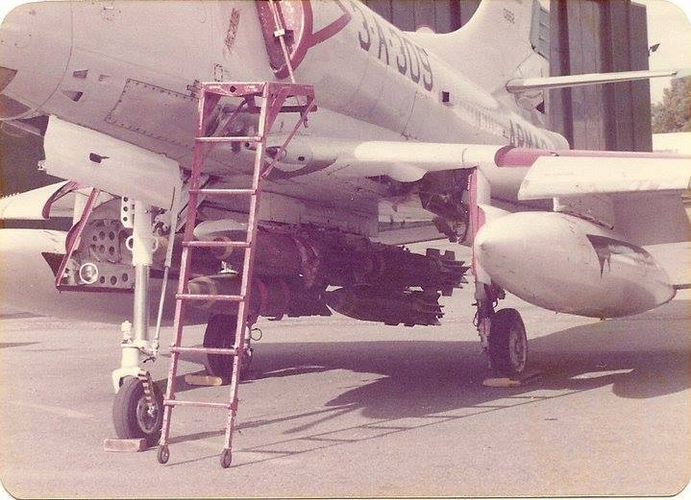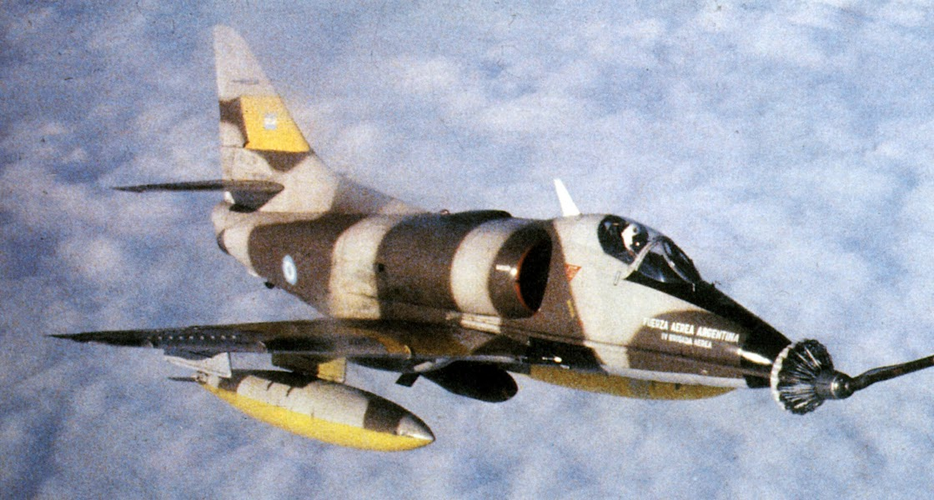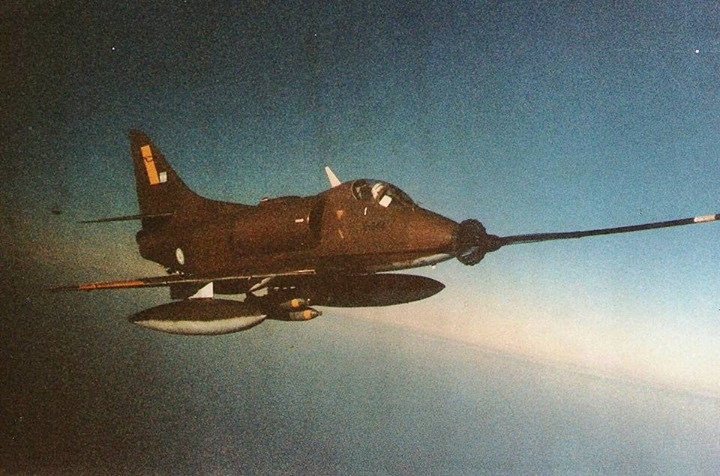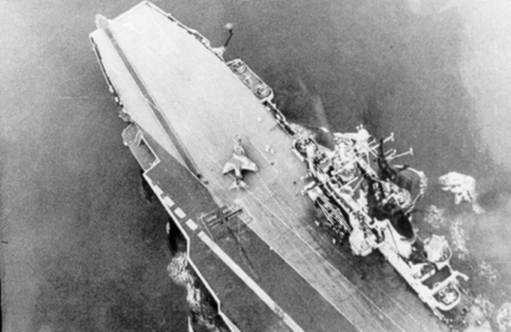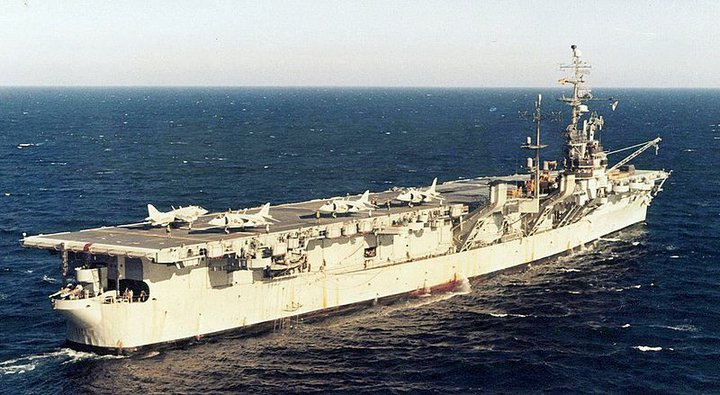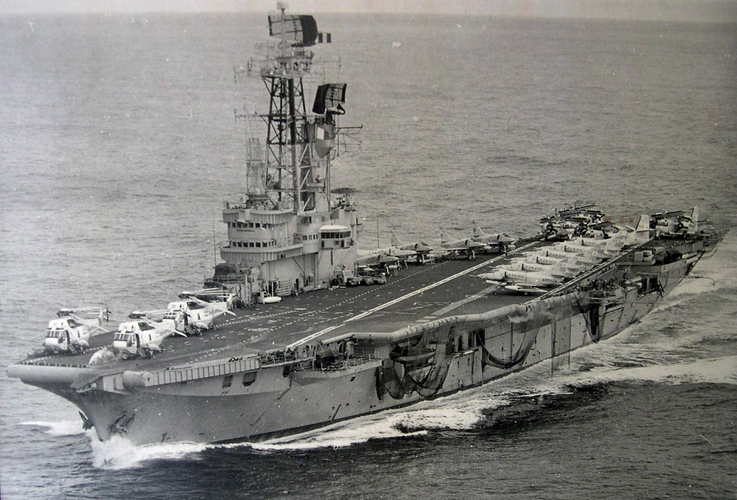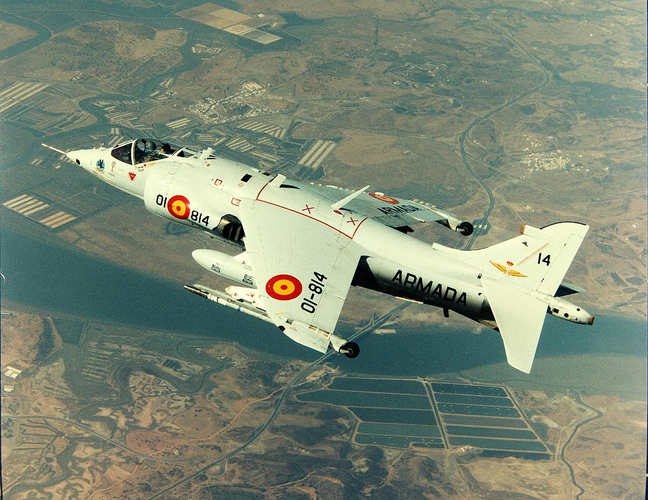To operat from the Islands, I think the the MB339, was a good options.
For what its call " close air support"
For antiship role, I think -my opinion only- I prefer the A-4. In my case the A-4C version (2 pylons more in the wing).
Few of the C have the Omega system; I believe that is is a navigation system.
I put before, give more A-4 (for the FAA) in equal number of Dagger, and 1/2 KC-130.
More range and with the AAR, the can use different routes to approach the Islands. The M-5 have 1 or 2 routes
Of course, appropriate fuzes for bomb or suitable bomb for anti ship role (Snake Eyes)
Its much, but not much more
Just to remember that the A-4Q has problems with the wing spar, or the other A-4 -in many cases- the ejection seat cartridges were expired.
The SUE is ideal for ASM, but the AM-39 is for open waters. When you have the ships in the the San Carlos strait, you need bombs.
Lets say that all the A-4 use that configuration
View attachment 712482
COAN and FAA
Not that
View attachment 712483
or that
View attachment 712484

